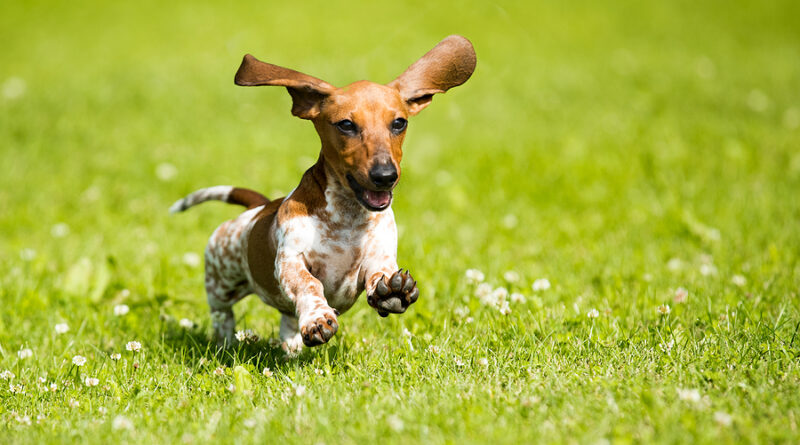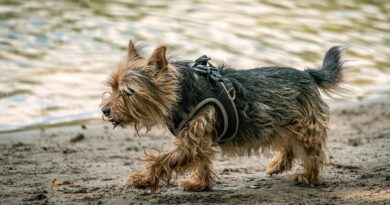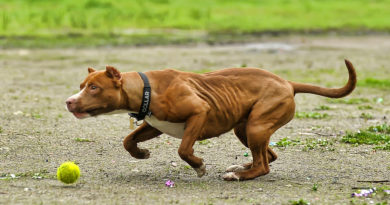Dachshund – All you need to know about this little digging machine.
Featured image by © bigstockphoto.com / Lilun
What is a Dachshund?
The Dachshund is a friendly, bold and alert little canine of immense popularity. The first reference of the breed goes back to the 16th century, where they were called little burrow dogs. Nowadays it goes by the name dachshund simply meaning badger (dachs) dog (hund) in German. As the breed name suggests, the Dachshund was developed to dig and flush badgers out of their dens. These tenacious little hunters come in three coat varieties and two sizes. The original smooth-coated dachshund arose from crosses of the Bracke (a miniature French pointer), with the pinscher, a terrier breed of vermin killer.
Around 1910, breeders experimented with different breeds to achieve various coat textures. Breeding with the miniature Pinscher produced Smooths, whereas the longs were bred with the Papillon, and Wire-Haired Dachshund with the Miniature Schnauzer. Since then, the dachshund has become a superstar in the dog world, and has found its real niche as a family pet. Although no one goes Badger hunting any more, the Dachshund’s reputation precedes it. They are a brave and independent hunter of dangerous prey, and can be careless, and a bit stubborn.
Pros and Cons
- Comes in a large variety of color, size, and coat combinations
- Brave, loyal, loving, comical and entertaining
- Adaptable to all living conditions, and only requires moderate exercise
- Alert and vigilant. Makes a keen watchdog
- Gets along with other household pets, provided proper socialization
- Stubborn little dog that is notoriously hard to housebreak.
- Strong hunting and chasing instincts. Can hurt smaller animals and pets
- Can be quite scrappy and bark excessively.
- Serious spinal problems in 1 out of every 4 Dachshunds. Can result in paralysis
- Potentially quite destructive as they love to dig.
Appearance and Size
Group: Hound (AKC)
Standard:
Height: 14 – 18 inches
Weight: 11 – 17 pounds
Miniature:
Height: 10 – 14 inches
Weight: 8 – 11 pounds
Toy:
Height: 8 – 12 inches
Weight: 6 – 8 pounds
There are three varieties of Dachshund, the short-haired, the wired-haired, and the long-haired. There are also three sizes: The Standard, Miniature and Toy. The Dachshund has a muscular, low to ground, long body, short legged, and prominent chest bone build that allows it to carry itself intelligently and proudly. His short-haired coat should be shiny, sleek and uniform. Colors can be solid, bi-color or speckled and they tan, black, brown, or gray, and may have areas of bright chestnut.
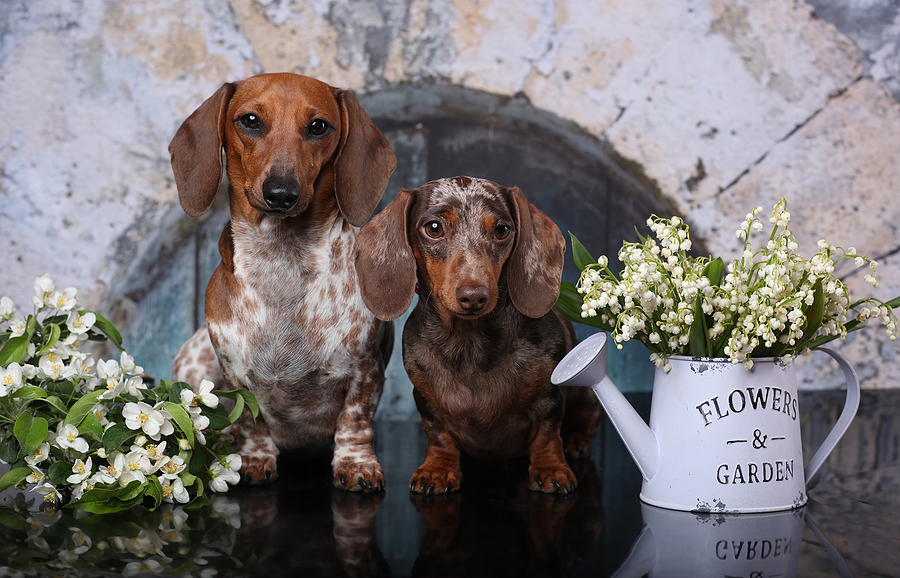
Temperament
Dachshunds are very friendly and outgoing animals, and possess loads of personality and curiosity. They are very intelligent, but also quite independent and often stubborn. This may pose a training challenge, so patience, consistency and early socialization are key. Dachshunds are sensitive creatures, and will not react well with harsh methods. It is recommended that they should be watched around small children, as they can get hurt easily and may retaliate in fear. They are alert, vigilant and make excellent watchdogs.
Grooming
Generally speaking, Dachshunds are relatively clean, and have little or no body odor. They are considered moderate shedders, and are usually low maintenance. The smooth and wire-haired coat variety require only minimal grooming and a bath as needed. The smooth-haired Dachshund only requires a rubdown with a damp cloth every now and then. The long-haired Dachshund will need to be brushed thoroughly twice a week to remove debris and tangles. Wire-haired Dachshunds can be trimmed twice a year if necessary. Like all dogs, trim their nails once a month.
Health
Dachshunds are a healthy breed overall, but are conspicuously prone to back problems. Since they have extremely short legs, they can suffer from a condition known as chondrodysplasia, which can weaken the backbone. This means the long spine might be vulnerable to damage if the dog becomes obese, frequently uses stairs, or jumps down from chairs or lounges. Always monitor his activities to avoid back injury. Dachshunds are also prone to ear infections, as are most dogs with droopy ears. Always check your dog’s ears for debris and wax buildup.
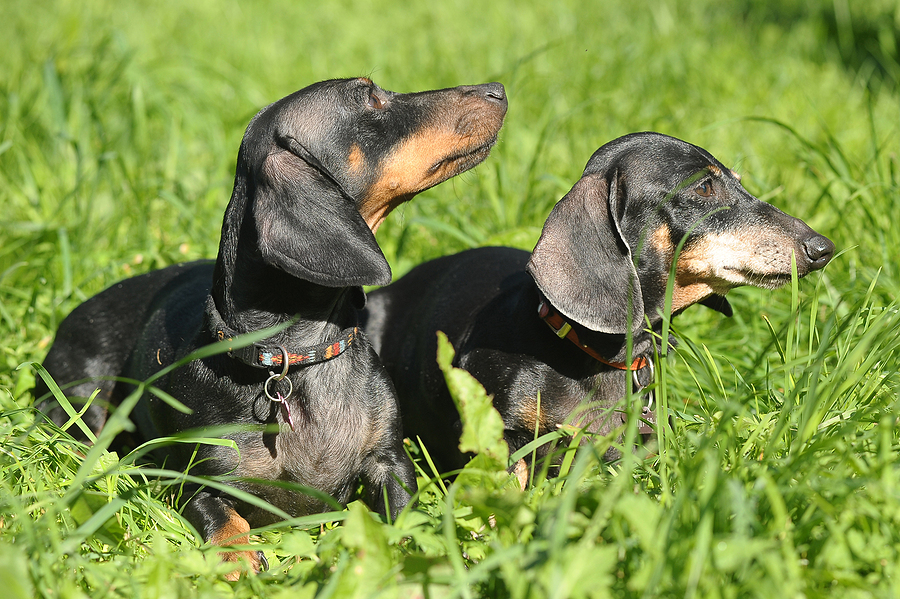
Life Expectancy
The Dachshund has a lifespan of around 12-16 years.
5 Fun Facts about Dachshunds
- The Dachshund has long been associated as a national symbol of Germany
- During World War I, Americans called the breed "Liberty Hounds" due to the sentiment at the time
- Despite their size, Dachshunds are fearless hunters and were originally bred to flush out Badgers!
- Dachshunds love digging and burrowing. This includes holes in your backyard, or burrowing in your laundry basket
- They have many nicknames including Badger dog, wiener dogs, sausage dogs, weenie, doxie, and Dackels
Environment
Dachshunds are cute, compact little dogs that have become the perfect housedog for many folks, especially the elderly. They do great in all living conditions, but will fare best with people that can commit to a long daily walk. They need their exercise to build strong muscles and protect their back. They are very social and love being around their humans, though are generally not recommended for young children, as roughhousing can hurt them and cause a reaction.

